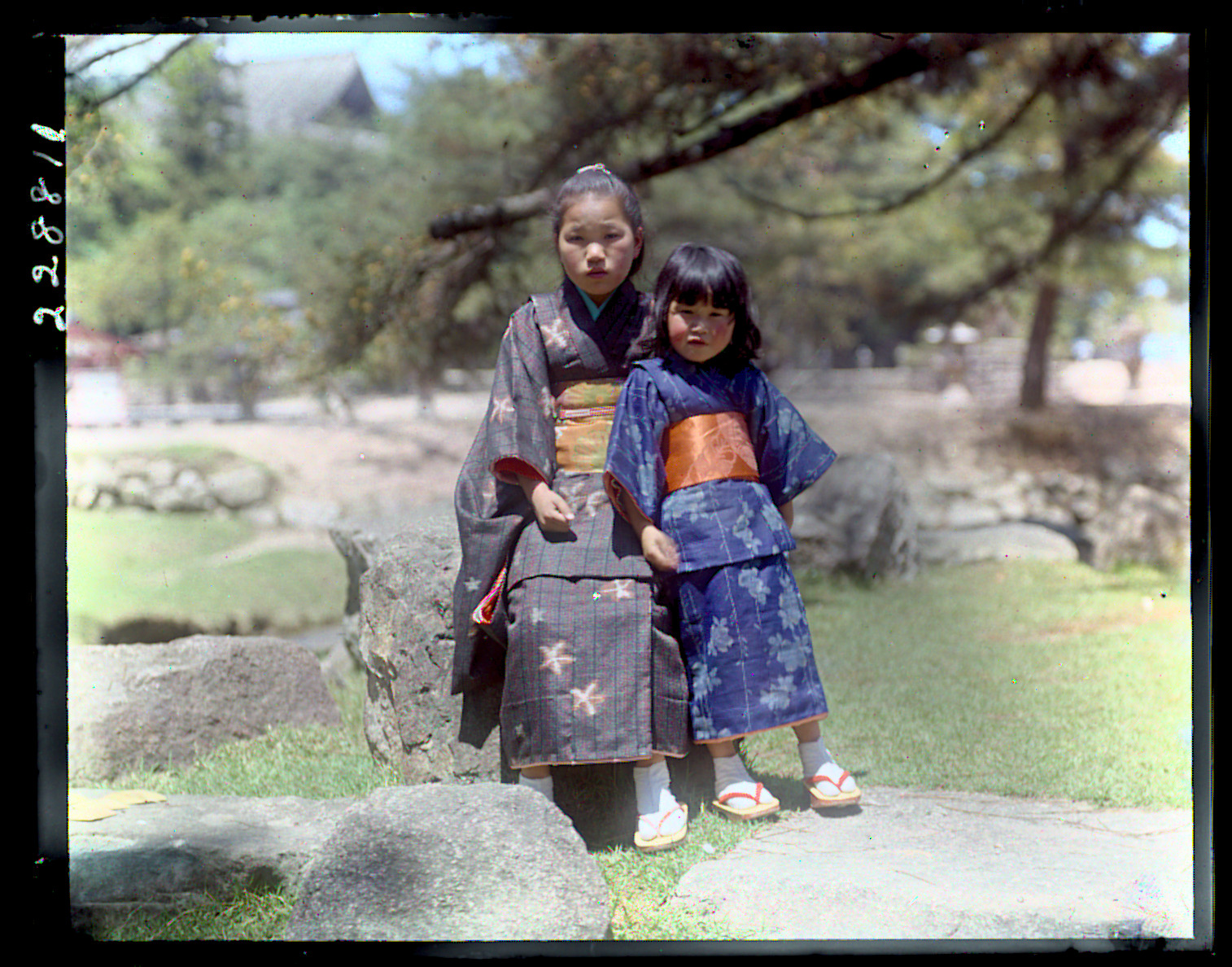Abstract: The lecture deals with photographic processes from the era before the advent of modern color films such as Kodachrome (1935) and Agfacolor Neu (1936). These early techniques often used mosaic color filters composed of microscopic red, green, and blue patches. This principle, which made it possible to record color on a panchromatic negative, is similar to the functioning of today's digital sensors with Bayer filters. Color slides were then created by preparing a black-and-white slide from a halftone negative, which, after careful composition with the corresponding mosaic filter, created a color image using the additive principle.
The first part will present key historical processes: Joly color plates (1896), Autochrome (1907), Paget color screens (1913), Finlay color screens (1929), and Dufaycolor (1935). In the second part, I will discuss the digitization of these photographs and the ColorScreen software tool, developed specifically for the digital reconstruction of images from these records, with the aim of adapting modern algorithms for processing digital photographs and reconstructing the original colors of a given photograph as accurately as possible.
We hope that the subsequent discussion will provide an opportunity to discuss improvements to individual algorithms.
[About the photo: Yvette Borup Andrews: Two Japanese women in kimonos, Kyoto, First Asian Zoological Expedition. April 1916. Digital reconstruction from Paget process negative. 4×5 inches. Special Collection of the American Museum of Natural History, 228811]
Who: Jan Hubička, UK-MFF
When: 10:00 a.m. Friday, October 3
Where: The session will occur physically at the Institute of Information Theory and Automation (UTIA) in room 45 (café). For directions to the institute, please refer to the following link: https://zoi.utia.cas.cz/index.php/contact
Language: Czech (if you require English, please let us know in advance)




